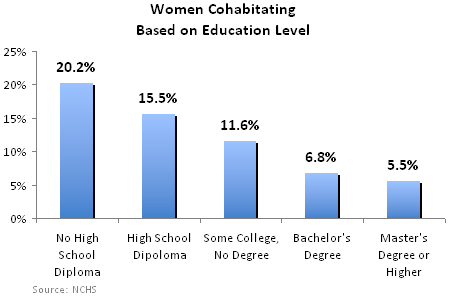IDEX Online Research U.S. Marriage Demographics Challenge Jewelers
March 11, 13
(IDEX Online) – The marriage rate is down and the cohabitation rate is up in the
Here are findings from the latest NCHS research:
· For women age 15-to-44 years old, just 36.4 percent of them were in their first marriage in the five-year period 2006-2010, down sharply from 44.1 percent in the early 1980s. As the marriage rate declines, jewelers have fewer opportunities to sell high-ticket diamond engagement rings as well as other bridal and wedding related jewelry.
The graph below summarizes the decline in the marriage rate for American females. Fewer women in the important age range of 15-to-44 are getting married.
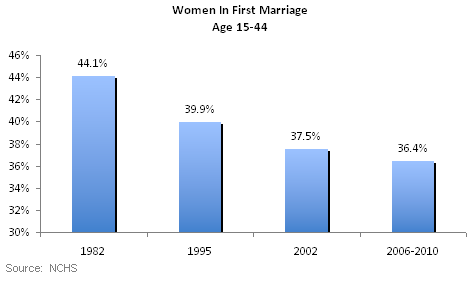
· The rate of second or more marriages also dropped sharply, especially in recent years. In 1995, just over 9 percent of all women were in their second or higher marriage; today only about 5 percent have been to the alter more than once. The size – and value – of the diamond engagement ring typically increases for each subsequent marriage. This is particularly bad news for American jewelers.
The graph below summarizes the number of American women between the ages of 15 and 44 who are in their second or higher marriage.
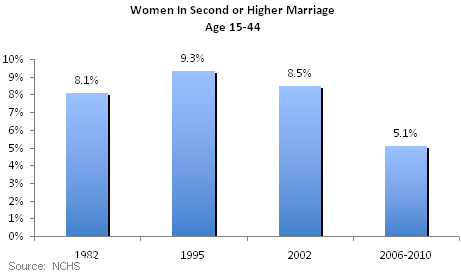
· The percentage of couples who are cohabitating without the benefit of a formal marriage nearly quadrupled between the early 1980s and today. The NCHS research showed that more than 11 percent of all couples are in a relationship without marriage. Cohabitating couples do not spend nearly as much money on jewelry as married couples. And, of course, cohabitating couples spend no money on bridal-related jewelry.
The graph below summarizes the sharp rise in cohabitating couples in the
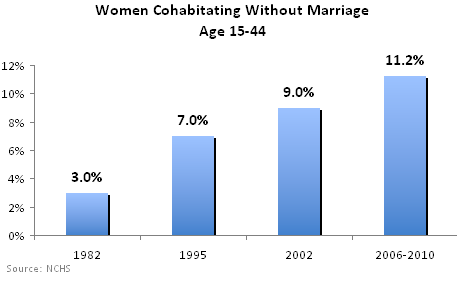
· The number of “never married” American women has risen significantly. In the 1980s and 1990s, roughly 33 percent of all women age 15-44 were “never married.” Today, that has risen to 38 percent of all women in the age range 15-to-44.
The number of women who have “never married” has risen sharply. This is a function of fewer first marriages and an increase in cohabitation. Couples who live together, but who are not married, are not prime prospects for jewelers, since those non-married couples spend far less on jewelry than married couples with similar demographic characteristics.
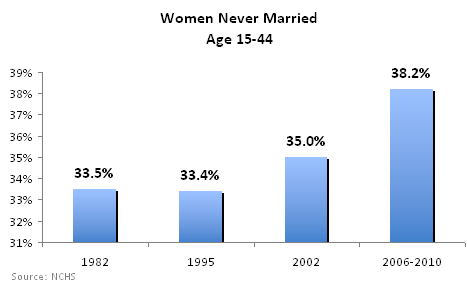
Good News: Marriage Rate Higher For Highly Educated Consumers
For jewelers, about the only good news to come from the NCHS study is this: the higher the level of education, the more likely couples are to be married. In the American market, education is the ticket to a higher paycheck. Thus, well-educated married couples earn much more than almost any other demographic group and they spend much more heavily on jewelry than other demographic groups in the
The graph below summarizes the marriage rate for first marriages for women age 15-44, based on education level in the five-year period 2006-2011.
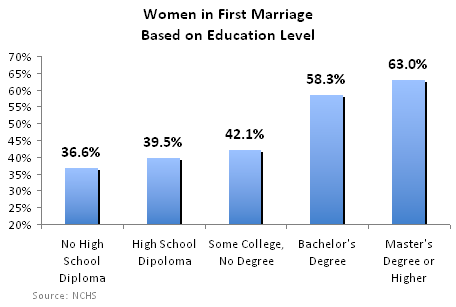
Along with higher levels of marriage, well-educated women are far less likely to cohabitate, as the graph below illustrates. This is also a welcome trend for jewelers.
